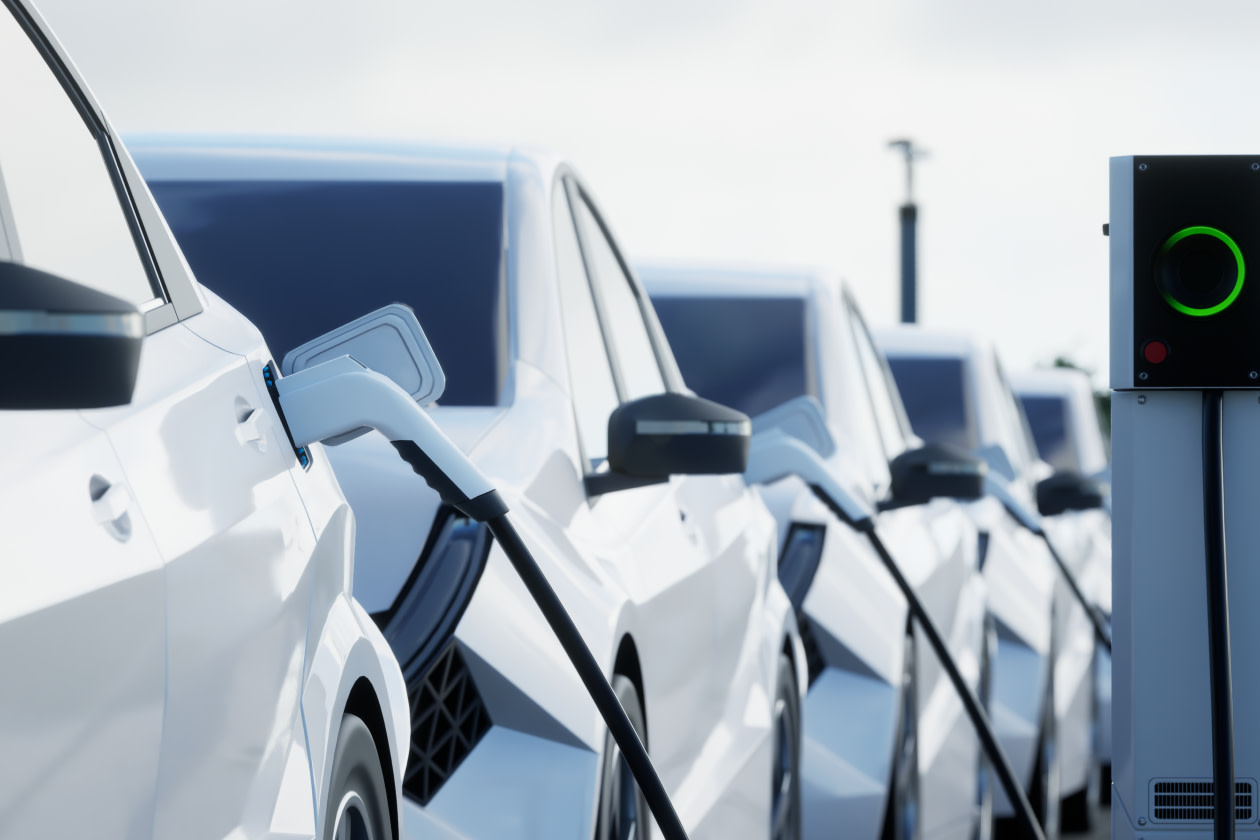Tesla reported a 12% rise in revenue to $28.1bn ($26.4bn expected). Within that, the core auto business saw a 6% rise in revenue to $21.2bn, with strong growth in Energy Storage (+44%) and Services (+25%).
Operating profit fell 40% to $1.6bn, driven by a 50% increase in costs as the business invests for growth.
Over the quarter, Tesla produced 447,450 vehicles down 5% and delivered 497,099 up 7%.
Free cash flow rose from $2.7bn to $4.0bn, and net cash was $33.9bn at end of the quarter.
Cybercab, Tesla Semi, and Megapack 3 remain on track for volume production in 2026, while first-generation production lines for Optimus are being installed in preparation for its upcoming launch.
The shares were down 3.1% in pre-market trading.
Our view
Tesla’s third-quarter results were broadly as expected, echoing Elon’s warning last quarter that a few tricky quarters were coming. Near-term sentiment was always going to be fragile after the run-up over the past 6 months, so the relatively small pullback feels like a non-event by Tesla’s standards.
Volumes were inflated by the pull-forward in demand as US tax credits come to an end, leaving some question marks around what the fourth quarter will bring. The more affordable Model 3 and Y variants should help plug the gap to some extent, but it’s still a tough market out there.
That leaves the investment case leaning heavily on 2026 - most likely the back half - when meaningful revenue from autonomous vehicles is expected to kick in. The opportunity is significant, and Tesla is arguably one of the only companies capable of delivering autonomy at scale.
The Robotaxi launch is off to a solid start and the slow and steady approach to expansion seems sensible. We get the feeling investors were hoping to hear something more concrete from Elon Musk around when safety drivers can be dropped, with the current aim being the end of the year in Texas.
Tesla’s vision-only approach is cheaper than rivals like Waymo, but it must prove its safety credentials and ability to expand fast. This will be the key catalyst for shares heading into the end of the year.
Energy storage is another promising growth area that's already adding real value. It’s a lumpy business so quarter-on-quarter trends are less important, but the longer-term growth trajectory has been impressive. As AI evolves, global power needs look to be heading one way, and Tesla's product is well placed to hopefully benefit.
Further out, we have Tesla’s humanoid robot, Optimus. This has the potential to be a huge market, and the hope is that some orders start next year, but it's still very early days.
Tesla is very well capitalised for a car maker, and that war chest of cash on the balance sheet provides a healthy buffer to help fund the next chapter.
We still think Tesla has one of the best opportunities to capitalise on AI in the real world, through autonomous driving and further down the road, robotics. That said, Tesla is now operating more like a very well-funded early-stage growth company than a mature business; investors should be prepared for the additional risk that brings.
Environmental, social and governance (ESG) risk
Most of the auto industry falls into the medium-risk category in terms of ESG. Product governance, particularly around safety, and carbon emissions from products and services are key risk drivers. Business ethics, labour relations and direct carbon emissions are also contributors to ESG risk.
According to Sustainalytics, Tesla's management of ESG risks is average.
Elon Musk’s political and extra-curricular activities are a risk to monitor. Tesla also has a high degree of key person risk, Elon Musk is core to the investment case and the premium valuation, to some extent, relies on his continued leadership. Governance concerns also include Elon Musk's past social media posts which impacted Tesla's share price. Other areas to watch include safety concerns around its autopilot technology and the management of its workforce.
The author and a connected party hold shares in Tesla.
Tesla key facts
All ratios are sourced from LSEG Datastream, based on previous day’s closing values. Please remember yields are variable and not a reliable indicator of future income. Keep in mind key figures shouldn’t be looked at on their own – it’s important to understand the big picture.
This article is original Hargreaves Lansdown content, published by Hargreaves Lansdown. It was correct as at the date of publication, and our views may have changed since then. Unless otherwise stated estimates, including prospective yields, are a consensus of analyst forecasts provided by LSEG. These estimates are not a reliable indicator of future performance. Yields are variable and not guaranteed. Investments rise and fall in value so investors could make a loss.
This article is not advice or a recommendation to buy, sell or hold any investment. No view is given on the present or future value or price of any investment, and investors should form their own view on any proposed investment.


